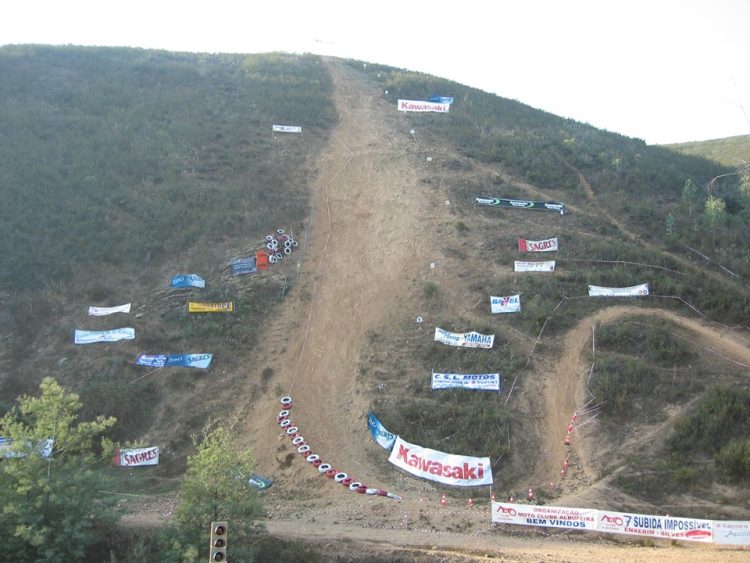There have been bizarre claims before that Jesus Christ lived and died in India, with his tomb located in the state of Kashmir. In what can only be a testament to his omnipresence, another claim has been made to Christ’s whereabouts before his death, this time by the Japanese.
So the story goes like this – Christ visited Japan between the ages of 21 and 33. Of course, this is conveniently supported by the fact that the Bible skips over large periods of Christ’s early life. He spent this time studying the native language and culture, before returning to Jerusalem. What about the Crucifixion, you ask? Well, it wasn’t Christ that was crucified at all. According to this theory, it was his younger brother Isukiri, who took his place on the cross. In the meantime, Christ fled to Siberia. After a few years, he traveled via Alaska and arrived at the port of Hachinohe, 40km from the village of Shingo. He lived the rest of his life in the village, where he married, had three children and died at the age of 106.

Photo © Pokanchan
The source of this story is a series of ancient Japanese documents that provide details about the escape of Christ from the Holy Land of Jerusalem. Called the “Takenouchi Documents,” they are said to be over 1,500 years old, and passed down from generation to generation in the Takenouchi family. English translations are available today. However, the real attraction in the village of Shingo isn’t the document or the story itself, but the very Tomb of Jesus Christ. On top of a wooded hill overlooking the rice fields lie two graves, each a mound of earth marked with a wooden cross. The grave to the left has the ear of Isukuri along with a lock of the Virgin Mary’s hair. The one on the right is where the bones of Christ himself are buried.

Photo © Pokanchan
The theory has been described by many as a hoax, an attempt to boost tourism. Given the elaborate displays and stories that have been built around Shingo, it is rather ironical that the villagers are largely Buddhists, and only one woman subscribes to the Christian faith. However, observers and believers point out that there are a few unmistakable signs proving the story’s legitimacy. Shingo’s residents display certain characteristics that are not Japanese. For instance, babies are marked with a charcoal-drawn cross on the forehead. Young ones are also kept in round woven baskets, similar to the ones found in the Holy Land. The use of odd words, and the foreign appearance of some of the villagers, are other pieces of evidence for the believers. Toshiko Sato, the only Christian inhabitant of the village claims that the story is a lie, and does not visit the annual Christ festival that is held at the Tomb.

Photo © Pokanchan
via Japan Times






